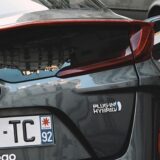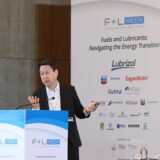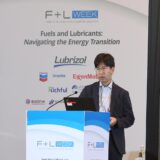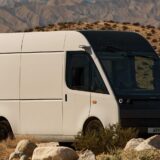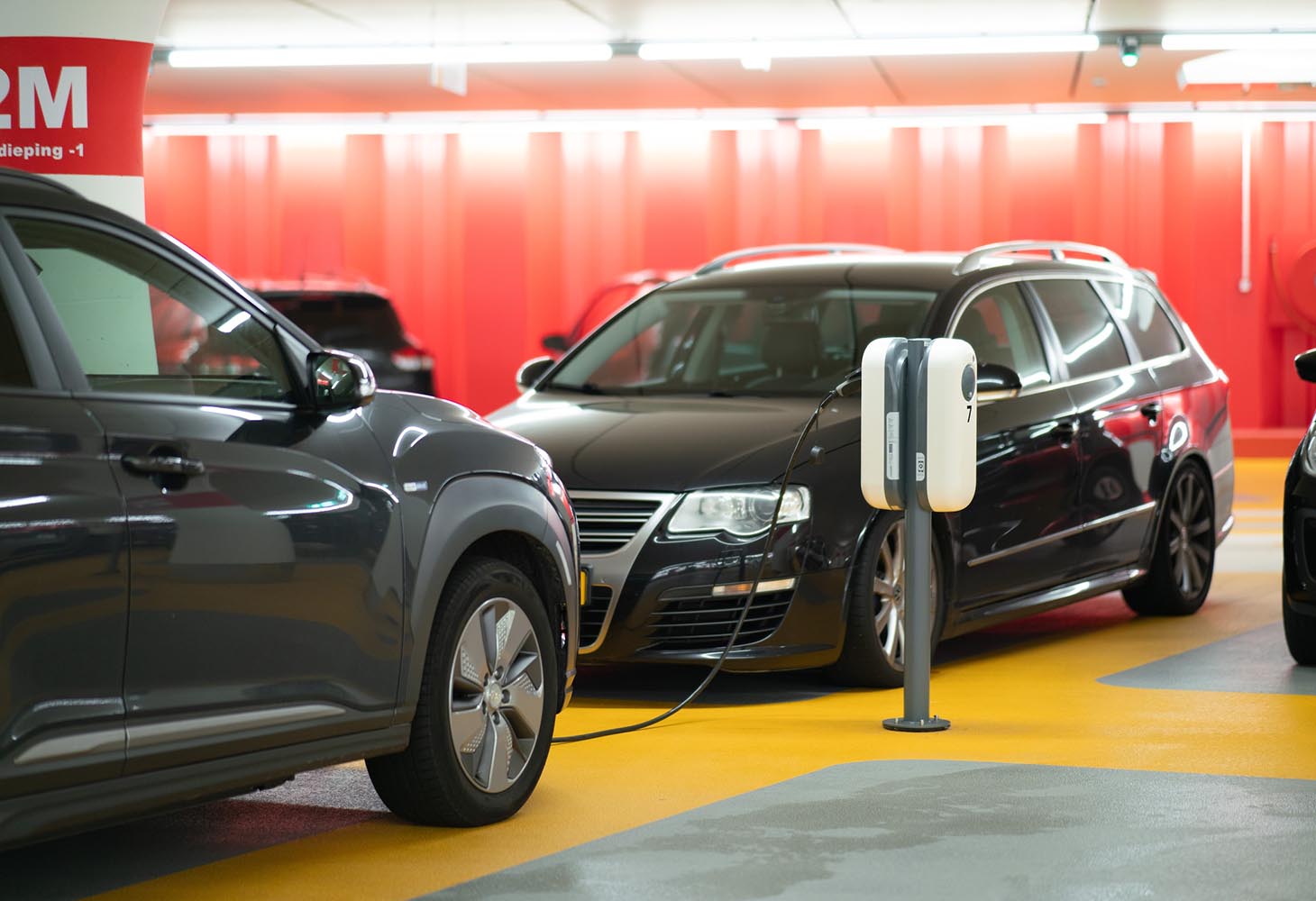
ASTM Committee D15 proposes new standards for EV coolants
ASTM International’s D15 committee, focused on engine coolants and related fluids, is in the process of formulating two new standards. These standards aim to assess the capability of electric vehicle (EV) coolants to guard against corrosion.
Coolants play a pivotal role in maintaining optimal operating temperatures. They offer protection against issues like corrosion, freezing, and overheating. In EVs, these coolants might come into direct contact with components like the fuel cell stack, battery, or other parts. Alternatively, they might flow through a cooling plate heat exchanger, which manages the temperature of batteries and various electrical components.
Allan Morrison, with AMT Consulting, highlighted the significance of the proposed standard test methods, WK76375 and WK83561. These methods will guide EV designers and coolant manufacturers in determining the efficiency of corrosion inhibitors across different coolant technologies.
Morrison pointed out the unique challenges faced by electric vehicles. “During charging cycles, EV batteries heat up quickly. Additionally, in colder climates, there’s a requirement to warm up the battery. Hence, it’s crucial for the coolants to have low conductivity and offer robust corrosion protection,” he said.
These initiatives align with the United Nations’ Sustainable Development Goal #7, which emphasises affordable and clean energy.
Furthermore, the task group responsible for these standards is also working on additional proposals. These pertain to glycol-based coolants (WK52011) and waterless-based coolant (WK80854). ASTM welcomes all interested stakeholders to participate in the development of these upcoming standards.






